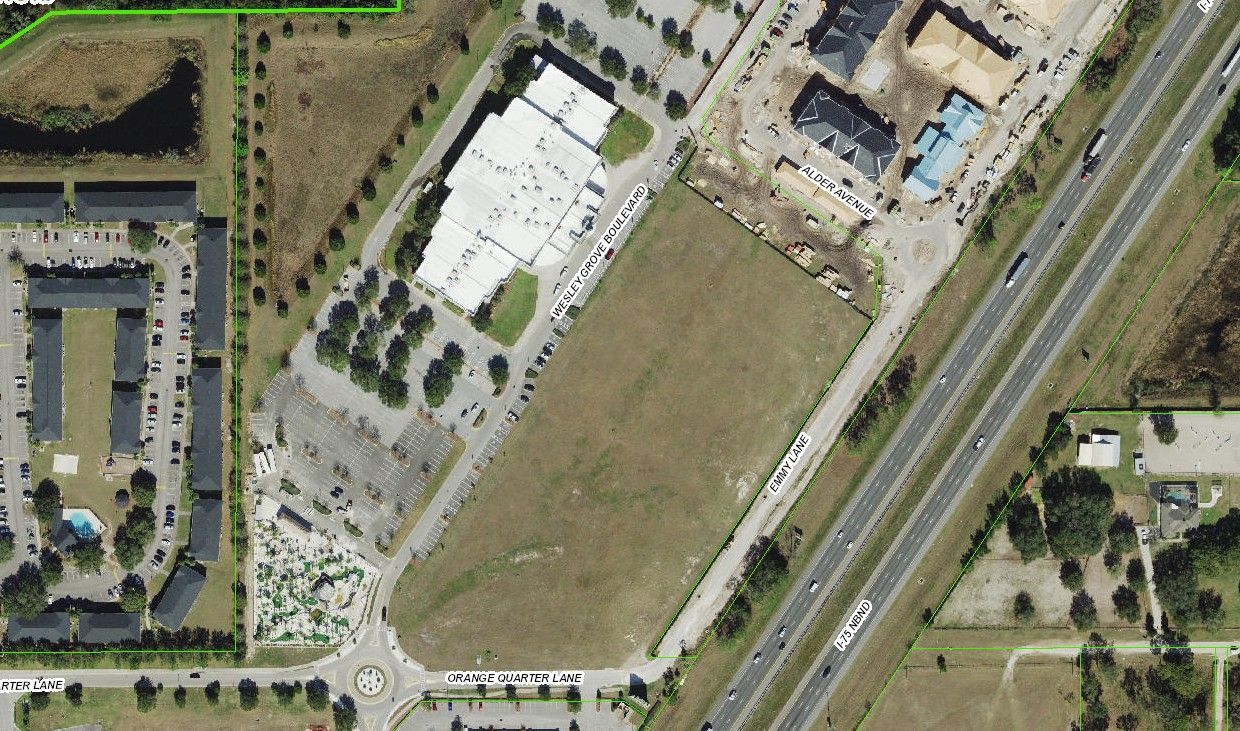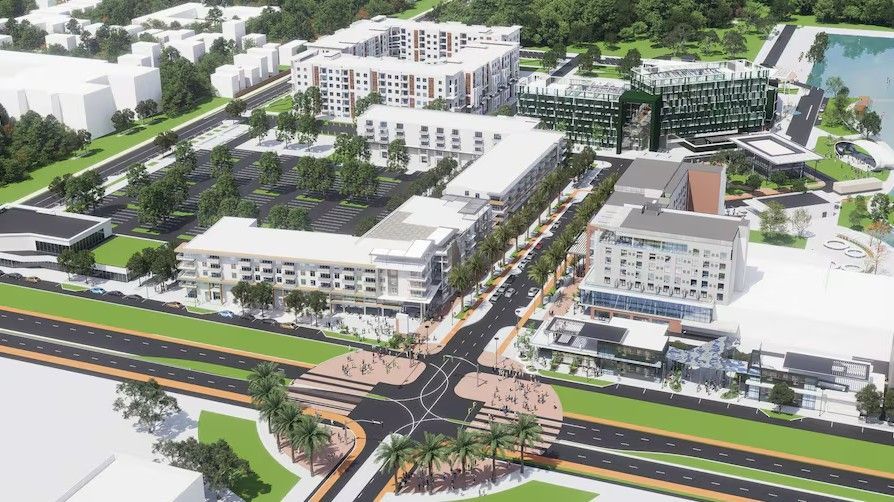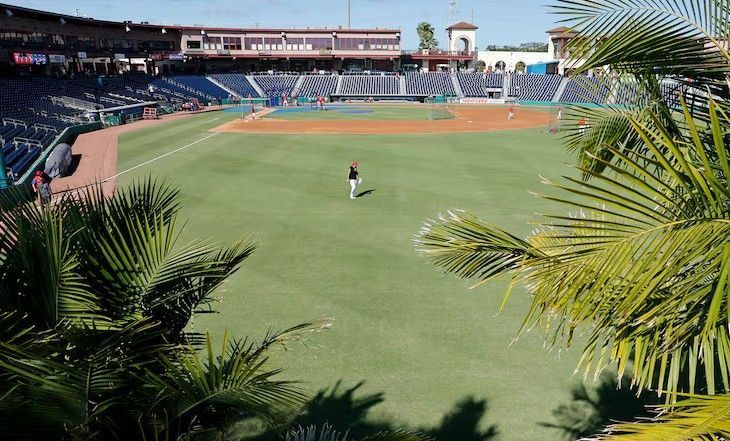Rays hope improving transit will benefit new stadium
On Tuesday it was announced that the Tampa Bay Rays will remain in St. Petersburg and build a new $1.3 billion stadium next to the current site of Tropicana Field. From a business standpoint the announcement was great news. But many fans of the team have shared the same concern – the distance to the ballpark and the worsening traffic and lack of transit. Rush hour traffic across Old Tampa Bay is only worsening and increasing traffic to the weeknight 6:40p.m. games has become more and more unattractive to those wanting to catch a game.
Elected officials believe that the new portion of the Howard Franklin Bridge, Cross Bay Ferry, and the SunRunner transit line are all potential solutions to the concerns of fans. St. Petersburg Mayor Ken Welch said Tuesday that transportation connectivity between Tampa and St. Petersburg is improving. There is currently more then $2 billion of regional transportation projects underway according to Pinellas Executive Director Whit Blanton.
Transit leaders are looking at express bus service along I-275 versus light rail. Light rail is not in the works and likely will not be for quite some time since significant capital dollars would be needed and local governments currently do not have that. The new Howard Franklin Bridge is expected to open before the end of the 2027 season for the Rays and it will include express lanes. Additional express lanes in Pinellas are also being explored with an end goal of connecting downtown Tampa and St. Petersburg.
The Rays/Hines project is expected to generate $55 million in property taxes for the Pinellas Suncoast Transit Authority over 30 years according to Rob Gerdes – administrator for St. Petersburg. PTSA, however, does say the agency has not received any projections.
A Ybor City stadium would have helped with the issue of so many Rays fans being in Tampa. Options for a stadium there have been floated around for years. Hillsborough leaders verbally offered between $150 to $200 million upfront of public money compared to the $600 million combined offer from Pinellas County and St. Petersburg. The Rays cut off stadium communications in the summer according to commissioner Ken Hagan. Hagan does believe that the Rays would have recouped more money in Tampa then St. Pete in the long term and it is a possibility Stu Sternberg will sell the team since a new stadium increases the value of the Rays. St. Petersburg has the land and a development partner in place, so in terms of a deal it was easier to be made in St. Petersburg.
Source: Tampa Bay Business Journals
Thank you for your interest. If you need appraisal or valuation services in the St. Petersburg area please contact:
SHARE CONTENT





